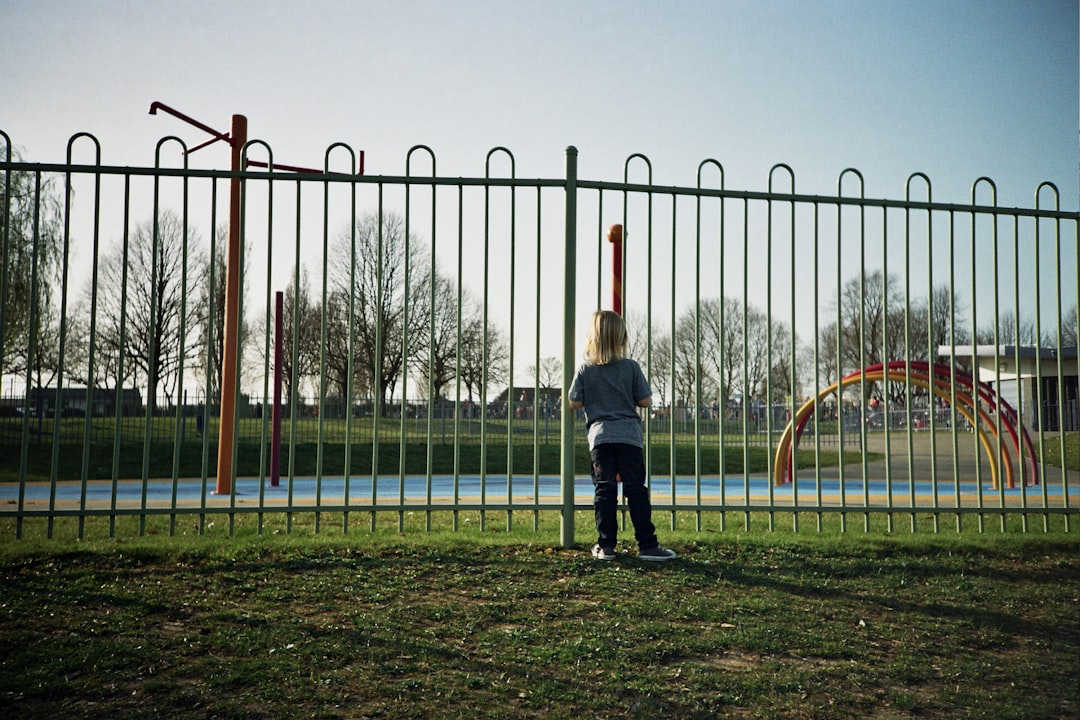Dwp Cuts Child Benefit Payments — here’s what’s new, why it matters, and what to watch next.
DWP Cuts Child Benefit Payments by £350 Million: Thousands Affected
At a Glance
The Department for Work and Pensions (DWP) in the UK has announced a significant reduction in Child Benefit payments, aiming to slash its expenditures by £350 million. This decision is expected to impact thousands of families who are currently receiving benefits they are not entitled to. The DWP is urging recipients to verify their eligibility, as it moves forward with stricter enforcement.
Background & Timeline
Child Benefit has long been a vital financial support system for families in the UK, providing assistance to parents or guardians of children under the age of 16—or under 20 if they are in approved education or training. Originally designed to help alleviate the costs of raising children, the benefit has seen various adjustments over the years, particularly during periods of economic strain.
In recent years, the DWP has been under scrutiny for its handling of benefit claims, as reports indicate a rising number of cases involving ineligible claims. In an effort to tighten regulations and reduce government spending, the DWP initiated a review of Child Benefit recipients in 2024. This review has culminated in the current announcement, signalling a more aggressive stance on compliance.
The timeline of events leading to this decision includes:
- 2024: A comprehensive review of Child Benefit claims begins.
- March 2025: The DWP announces its intention to cut expenditures related to Child Benefit.
- October 2025: The DWP officially implements changes, with thousands expected to lose their benefits.
- Increased audits: The DWP plans to conduct more frequent audits of Child Benefit claims to verify eligibility.
- Enhanced outreach: Families will be contacted to inform them of their current eligibility status and guide them through the reassessment process.
- Strict penalties: Those found to be claiming benefits fraudulently may face financial penalties or legal action.
- Public response: How families and advocacy groups react to the cuts may influence future government policies.
- Potential legal challenges: Some affected families may consider legal action against the DWP, claiming that the changes are unjust.
- Economic implications: The broader economic effects of these cuts, particularly on child poverty rates, will require close observation as the government seeks to balance its budget.
What’s New
The DWP’s recent announcement indicates that many families may no longer qualify for Child Benefit due to changes in eligibility criteria or income thresholds. According to a spokesperson for the DWP, “If you’re claiming benefits you’re not entitled to, your time is up.” This statement underscores the government’s commitment to ensuring that financial support is directed only to those who genuinely need it.
The DWP is rolling out a series of measures to identify and eliminate fraudulent claims. These measures include:
Why It Matters
The reduction in Child Benefit payments is significant not only for the families affected but also for the broader economic landscape. The £350 million savings will contribute to a larger budgetary effort aimed at reducing the national deficit. However, the policy has drawn criticism from various advocacy groups who argue that many families may be unfairly penalized amid rising living costs and inflation.
Critics assert that the cuts will disproportionately affect low-income families who rely on such benefits to support their children. According to the Child Poverty Action Group, “This move could push more families into financial distress at a time when they can least afford it.” The potential for increased poverty levels and the negative impact on child welfare cannot be overlooked.
What to Watch Next
As the DWP implements these changes, several aspects will be critical to monitor:
FAQ
1. Who is affected by the Child Benefit cuts?
Thousands of families currently receiving Child Benefit payments may lose their eligibility due to stricter enforcement of eligibility criteria.
2. How can families determine their eligibility?
Families are encouraged to review the DWP’s guidelines and contact their local office for clarification regarding their current status and any required documentation.
3. What are the penalties for those found claiming benefits fraudulently?
Those identified as making fraudulent claims may face financial penalties, and in some cases, legal action could be pursued against them.
4. Why is the DWP making these cuts now?
The DWP aims to reduce government expenditure amid rising national debt and has identified a significant number of ineligible claims as a target for savings.
5. What support is available for families losing Child Benefit?
Families losing Child Benefit may explore other forms of assistance, such as Universal Credit or local welfare programs, to help mitigate the financial impact.
Takeaways
The DWP’s decision to cut Child Benefit payments marks a significant shift in the landscape of family support in the UK. While the government aims to reduce expenditures, the implications for thousands of families could be dire. As the situation unfolds, it will be crucial to watch how families adapt to these changes and what further actions may be taken by advocacy groups and policymakers alike.
Sources & Credits: Reporting synthesized from multiple reputable outlets and official releases.
Read our related coverage for more on Dwp Cuts Child Benefit Payments.
For context and confirmations, see reputable wires like Reuters or AP News.
Source: Original Source. Reporting synthesized from multiple reputable outlets and official releases.
For deeper analysis on Dwp Cuts Child Benefit Payments, explore more reports and explainers on Insurance Rate Expert.













